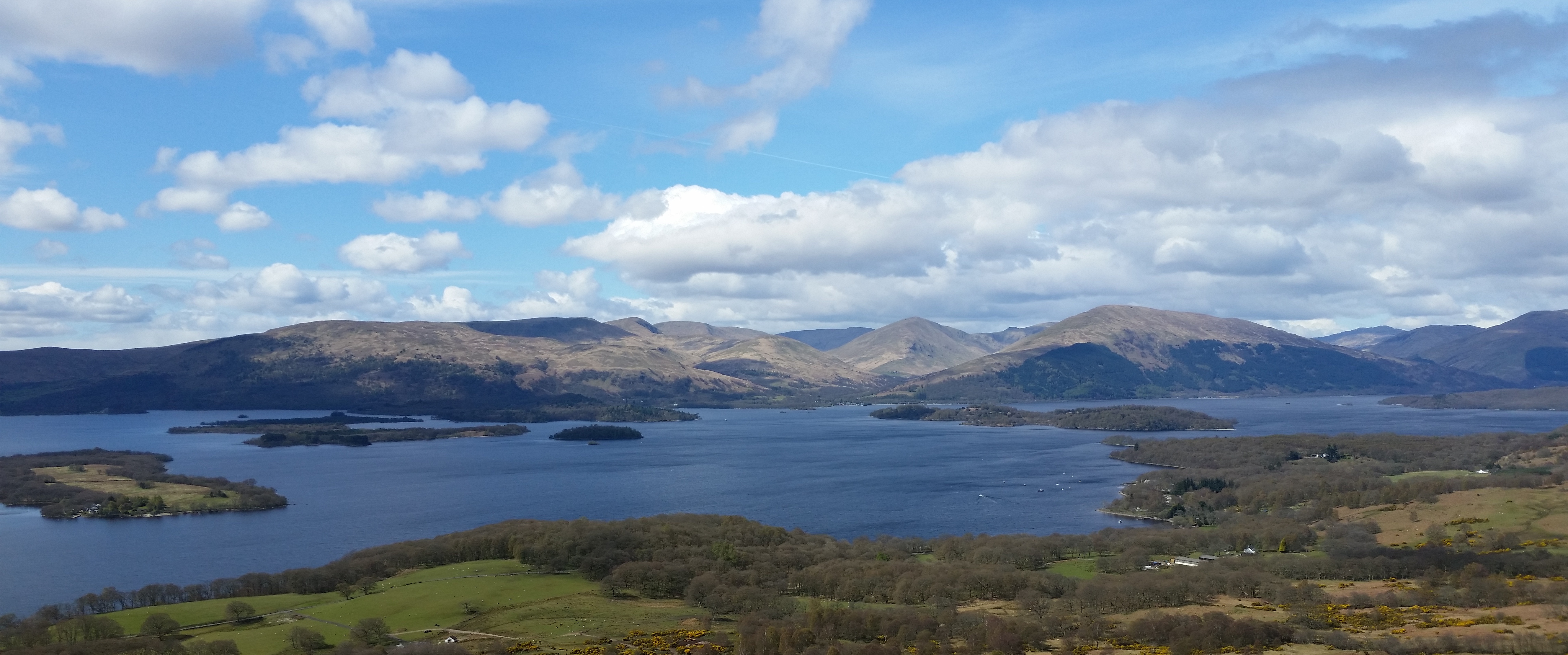Workshop on Physics and Engineering Opportunities at the Electron-Ion Collider 2016
Other Institutes

Welcome to the first UK workshop on the Electron-Ion Collider (EIC), to be held at Ross Priory on Loch Lomond, just outside Glasgow, on the 13th and 14th October 2016.
The EIC, to be built either at Jefferson Lab (JLab) or at Brookhaven National Laboratory (BNL) in the US in the 2020s, has been designated in the 2015 Long Range Plan for Nuclear Science as “the highest priority for new facility construction following the completion of FRIB”. The main aim of this workshop is to present the EIC — its physics case, the current designs of the two versions of the collider, and the detector R&D — generate discussion of opportunities and open the ground for new collaborations on the EIC projects.
Main website: https://ukeicworkshop2016.wordpress.com
